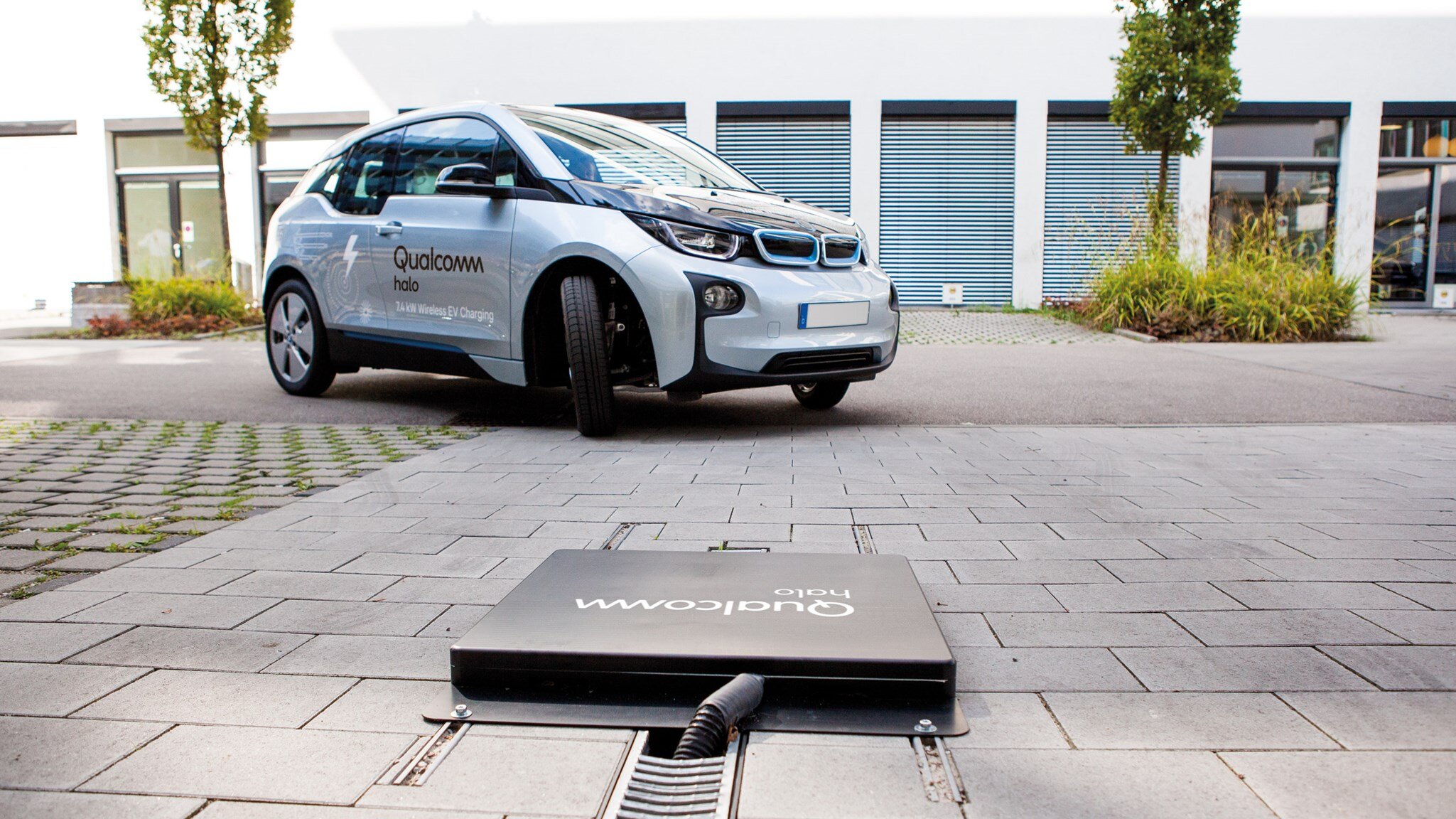Your Home + EV Charging
In this guide we focus on guiding you through the process of charging your electric car at home, what issues to consider, how much it costs and what future options may look like.
How to charge an EV at home
The simplest way to charge your electric vehicle at home is to use an EVSE supply cable with a standard 3-pin plug socket which you simply plug into an available electrical supply socket. This is the simplest option, but will take the longest time to charge your EV. As such, this strategy is often best left as a backup option.
Drivers usually choose a dedicated home charging point because it is faster and has built in safety features. Such chargers are compact weatherproof units that mount to a wall with a concealed charging cable or socket for plugging in your EV's charging cable.
The units are either tethered units with a fixed cable or untethered, capable of receiving your EV's charging cable. Your EV will have either a Type 1 or Type 2 connector and you should ensure that your chosen charging unit is compatible with the connector required.
In considering the location of your charging point you must consider the following requirements;
The point must be located relatively close to your electrical supply to avoid additional installation charges.
The point must be located in close proximity to a suitable car parking space.
The point often is best located on an outside wall or garage wall if available. However, post mounted charging points are also available on the market.
Cost of Installing a dedicated EV charger at home
A fully installed home charging point can cost as little as £450 with various government grant schemes.
EV drivers can benefit from a £350 OLEV grant for purchasing and installing a home charger
In Scotland an additional £300 grant is available via the Energy Savings Trust Scotland
Once installed, you only pay for the electricity you use to charge.
The typical electricity rate in the UK is just over 14p per kWh, while some economy tariffs have overnight rates of 8p per kWh. This can equate to as little as 2-5p per mile compared to a petrol or diesel equivalent at 15p per mile.
How fast can you charge your electric car at home?
The speed at which you charge your car is dependent upon the type of charging point that you have. Measured in kW, your home charging point will charge your car at 3.7kW or 7kW per hour of charge time (giving a range of 15-30 miles in an hour). Your standard 3-pin plug will give 2.3kW of power an hour (giving a range of 8 miles).
Most domestic properties in the UK are supplied with Single Phase Power, limiting maximum charge rate to 7kW. It is worth checking with your local energy supplier what the capacity of your supply is to your home. Typically homes are given 9-11kW capacity per household. If you are a heavy user of energy then you could quickly 'use-up' your available supply. Many new chargers are now Smart Chargers and are able to balance the power drawn by your charge point with the rest of your home, ensuring it never causes your total demand to exceed the maximum available supply.
If you are seeking faster charging times, then you will have to consider upgrading your supply to 3 phase. This can be expensive and you will be required to contact your energy network supplier to do this.
Optimising charging at home
Charging your EV at home will result in higher electrical bills. However, this is off set by the significant savings made in fossil fuel costs of petrol and diesel cars. An average user will typically save up to £1000 in fossil fuel costs.
Many smart home chargers monitor home and EV energy usage so you can get a clear understanding of cost per kWh, which enables you to determine how much you are spending and switch to cheaper tariffs. Also, plugging in overnight may allow you to take advantage of the cheaper Economy 7 tariff.
You can also offset the cost by installing renewable technologies such as wind turbines or solar pv panels to your home to generate your own electricity. Such systems offset the power that you draw from the grid at night by supplying energy back to the grid. You can also consider installing battery storage to store the energy generated by your renewable systems, which can then be used to charge your EV.
Future of EV Home Charging
Whilst EV procurement is gathering pace, with many vehicle manufacturers now releasing innovative models within their lineup, there are still infrastructure challenges. Many governments, local authorities and private companies are beginning to meet this challenge, but there are also exciting developments applicable to the home market.
Vehicle to grid
Owning an EV is now more than just a way of reducing transport costs and carbon emissions. Vehicle-to-grid (V2G) technology is now empowering householders to take control of their energy requirements.
It is envisaged to work in two potential ways – vehicle to home (V2H) would discharge the battery in your car to power your home when it is plugged in. True vehicle to grid technology would go one step further and use energy stored in car batteries to feed back in to the national electricity network to supply energy at peak times. EV owners will also be able to make money from this technology by rewarding car owners for helping to balance the electricity network.
As more of us embrace this idea in future we will see cleaner air, smarter homes and energy self-sufficiency.
Wireless charging
In a similar fashion to mobile phone technology, EV charging is now moving to wireless charging protocols. Wireless charging relies on magnetic induction to transfer energy between a pad on the ground and another under the floor of a compatible EV. Once the two pads are aligned, charging will occur at spends of 3.3kW, 6.6kW or 20kW. These could be an ideal solution for home charging in a garage or on a driveway; simply park up in the right place and your vehicle will charge itself up!
Wireless charging in particular, has the potential to alleviate many of the infrastructure barriers to owning an EV, particularly in existing buildings such as flats or terraced houses.
As the UK seeks to abolish the sale of Internal Combustion Vehicles (ICE) by 2035, it is encouraging to see innovation in charging infrastructure begin to gather and keep pace with the development of Electric Vehicles themselves. The barriers to entry are disappearing and it is encouraging to see the potential of EV charging in the liberation of energy security for homeowners. There are numerous companies and government incentive schemes available now, enabling homeowners to have a discrete charging solution for their home and new Electric Vehicle.




